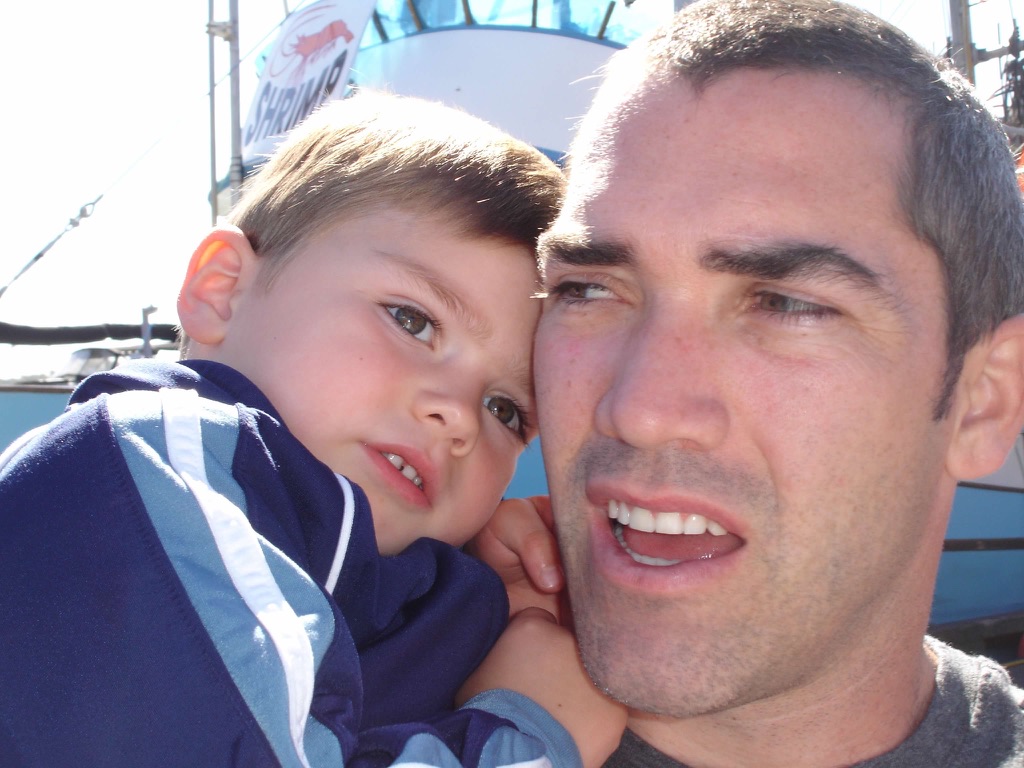Do you have good ‘attachment’ with your children?
What does that even mean? Attachment refers to the relationship you have with your child. Attachment is the conduit through which you parent; if you have strong attachment, you can have more effective ‘parenting’ and conversely, if you lack attachment, it is very challenging to parent. Think of attachment as the soil with which you grow your kids.

Simple ways to create attachment include being present and in tune with your child, as well as providing a sense of safety and security. Another key ingredient to creating attachment is helping your child regulate emotions, helping them understand and process their feelings (important note, this does not mean trying to talk them out of their feelings, “I am sure it was not such a bad day at school.”). The ultimate goal with attachment is to provide a secure base from which your child feels secure to explore their world. For babies, this means crawling and playing with new toys, for teens this may mean feeling confident to try out for a school activity.
One critical step that must happen, however, before attachment can really happen is acceptance. You must first accept the little being in front of you and see your child for who there are, and not who you want them to be. We all want to help our kids be their best selves, but it is a fine line between accepting what your child’s unique talents and traits are and trying to push them to be what you think they should be.
Building a strong attachment with your child is crucial for their emotional and psychological development. Here are some additional tips to enhance attachment:
- Quality Time:
Spend dedicated, uninterrupted time with your child. This could be as simple as playing together, reading a book, or engaging in an activity they enjoy. Quality time fosters a sense of connection and importance. - Active Listening:
Practice active listening when your child talks. Make eye contact, nod, and respond empathetically to their thoughts and feelings. This reinforces that their thoughts and emotions are valued. - Establish Routines:
Create predictable routines. Children thrive on consistency, and having regular routines for meals, bedtime, and other activities provides a sense of stability and security. - Physical Affection:
Offer physical affection, such as hugs, kisses, and cuddles. Physical touch releases oxytocin, a hormone associated with bonding and attachment. - Respond Promptly:
Be responsive to your child’s needs and cues. Promptly attending to their needs, especially in infancy, builds a foundation of trust and security. - Encourage Independence:
While being a secure base, also encourage your child’s independence. Support them as they explore the world, take risks, and develop a sense of competence. - Share Experiences:
Create shared experiences and memories. Whether it’s cooking together, going for a walk, or taking a family trip, shared experiences strengthen the bond between parent and child. - Be Attuned to Emotions:
Pay attention to your child’s emotions and respond with empathy. Help them label and understand their feelings without judgment. This emotional attunement fosters a deeper connection. - Celebrate Achievements:
Acknowledge and celebrate your child’s achievements, big or small. Positive reinforcement enhances their self-esteem and strengthens the parent-child relationship. - Be Patient and Understanding:
Understand that building attachment takes time. Be patient and accept that there will be ups and downs. Consistent, supportive parenting creates a secure foundation over the long term. - Respect Autonomy:
Respect your child’s autonomy and individuality. Allow them to express their opinions and make age-appropriate choices, fostering a sense of self and independence within the relationship. - Create a Safe Emotional Environment:
Foster an emotionally safe environment where your child feels comfortable expressing themselves without fear of harsh judgment or punishment.
Remember, attachment is an ongoing process that evolves as your child grows. Providing a secure base enables them to explore and navigate the world confidently, knowing they have a reliable and supportive attachment figure.